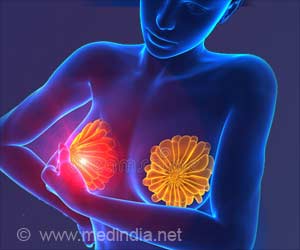A breakthrough in cancer studies after using novel technology to reveal the different genetic patterns of neuroblastoma, an aggressive form of childhood cancer, has been reached by researchers.
A breakthrough in cancer studies after using novel technology to reveal the different genetic patterns of neuroblastoma, an aggressive form of childhood cancer, has been reached by researchers.
Two research teams led by professors Tommy Martinsson, of the Sahlgrenska Academy at the University of Gothenburg, Sweden and Per Kogner of Karolinska Institutet monitored children with neuroblastoma, a nerve cell cancer that has defects in certain chromosomes, for over 20 years.Helena Carén, a researcher at the Department of Clinical Genetics at the Sahlgrenska Academy, said: "We found that the children who develop this type of neuroblastoma are twice as old at the onset of the disease as children who develop other types of neuroblastoma. This type progresses more slowly and is more difficult to treat."
Boffins were able to successfully analyze the DNA of tumor cells and identify chromosomal defects with the use of latest genetic techniques, enabling the identification of sub-groups of the most aggressive neuroblastomas.
Martinsson, professor of genetics at the Department of Clinical Genetics, said: "We call this personalized medicine, because the treatment is based on the genetic profile of the patient, or in this case, of the tumour cells."
Kogner, professor of pediatric oncology, hopes the findings would lead to significant advances in the treatment of the malignant disease, which mainly affects small children.
Carén added: "The analytical method we have used in our research is already being used for clinical assessment of every neuroblastoma tumor in the country, which means that we can now make more accurate diagnoses."
Advertisement
Source-ANI
TRI















